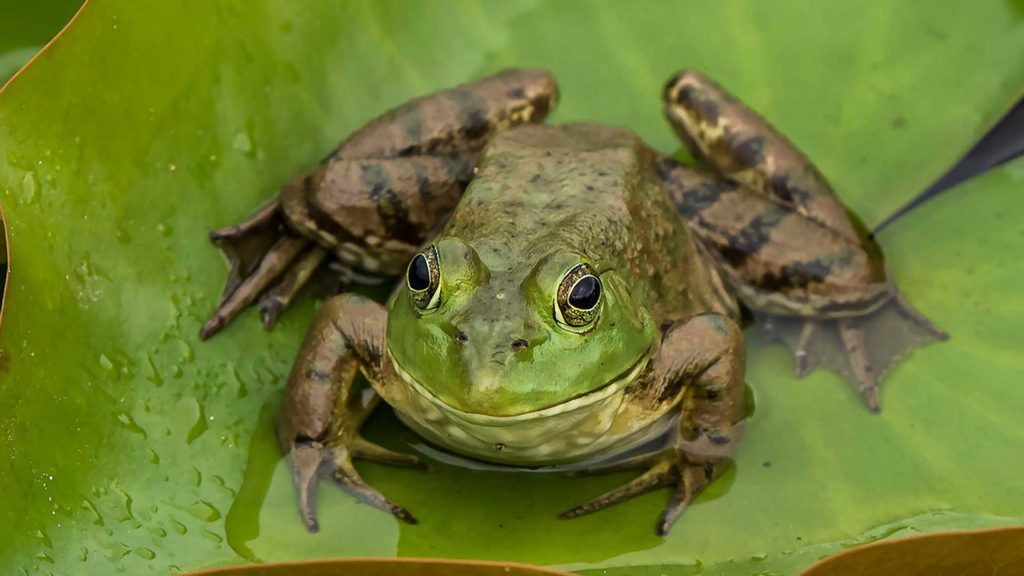North America has a wide variety of different biomes including deserts, coral reefs, forests, and tundras. North America is as diverse in topography as it is in climates ranging from mountains in Alaska that reach elevations of 20,310 ft (6190.5 m) to Death Valley in California, which at 282ft (86m) below sea level is the lowest point on the continent. At 9,540,000 square miles (24,709,000 km²) it is the third largest continent on the planet behind Asia and Africa. North America is home to the largest freshwater lake in the world, Lake Superior, and the largest island in the world, Greenland.
American Alligator
American alligators are a little clumsy on land but they’re great swimmers. Their webbed feet and strong tails help propel them in the water at speeds up to 20 miles (3.19km) per hour. The heat of an alligator’s nest determines whether that alligator’s offspring...
American Bison
The American Bison is the largest mammal native to North America. Despite their large size and stocky build, bison can be very quick when they need to be, reaching speeds of up to 40 miles (64.37km) per hour. They can also spin around quickly, jump over high...
American Bullfrog
The bullfrog’s name comes from the male’s deep, loud croak which some say sounds like a cow mooing. They make this sound to attract females and claim their territory. Bullfrogs are able to leap as far as 6 feet (2 meters) which is about 10 times their body...
American Crow
Crows are highly intelligent and well adapted to the changes in their environment that were caused by humans. Crows began flocking to cities after noticing that owls, one of their natural enemies, generally avoid them. Crows have made the most of their city habitat...
Arctic Fox
Arctic foxes make dens that they stay in to rest and keep warm. These dens are used through generations of foxes and some are over 300 years old. If an arctic fox can’t find food or the weather gets too cold, it can stay in its den for up to two weeks straight...
Arctic Hare
Arctic hares’ coats change with the seasons in order to camouflage with their surroundings. In the spring and summer, when there isn’t snow, their fur is brown or grey and during the snowy winters their fur is white. Some arctic hares live alone but many can be...
Atlantic Puffin
Puffins are very speedy flyers and strong swimmers. In the air they can flap their wings up to 400 times in a minute to reach speeds up to 55 miles (88.5km) per hour. They can also dive 200 feet deep and stay underwater for up to a...
Bald Eagle
Bald eagles have excellent eyesight and can see fish up to a mile (1.6km) away. This is very useful for their hunting style. This is very important for their style of hunting. They start out flying up to 10,000 ft (3,048 m) high and then dive down at speeds up to...
Beluga Whale
Belugas are very social animals who typically live together in small groups. They’re very vocal and communicate through a variety of whistles and clicks. Beluga whales are even able to copy many sounds that they...
Blue-Footed Booby
Blue footed boobies are best known for their bright blue feet which develop in color as they mature. This color comes from pigments in the foods that they eat which means you can tell how healthy a booby is based on how bright blue its feet are. Females choose...
Animal Types

Amphibians

Birds

Fish

Invertebrates

Mammals











